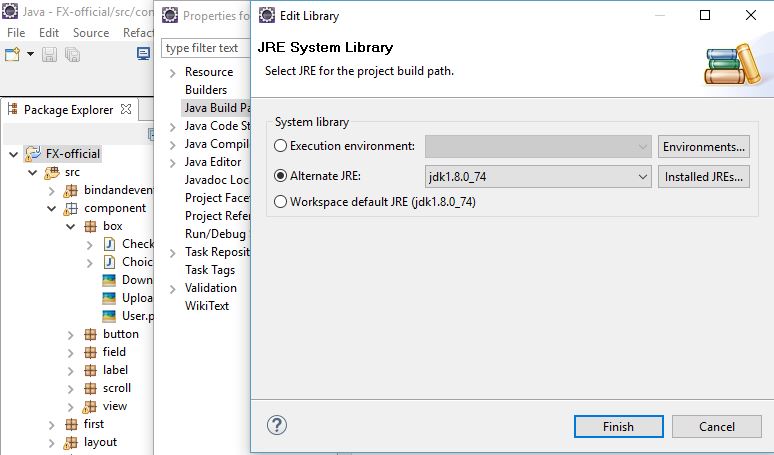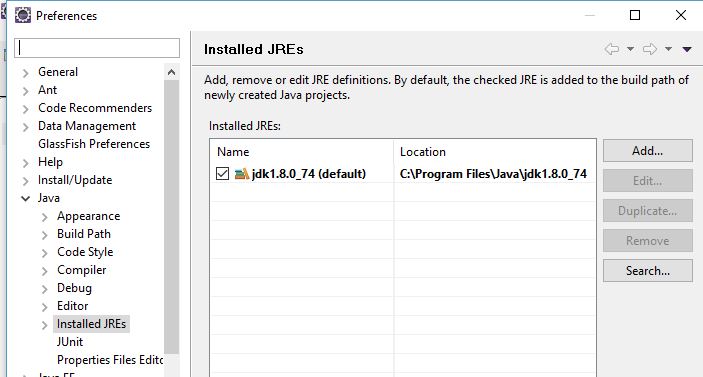My guess is that you are trying to replace a standard class which ships with Java 5 with one in a library you have.
This is not allowed under the terms of the license agreement, however AFAIK it wasn't enforced until Java 5.
I have seen this with QName before and I "fixed" it by removing the class from the jar I had.
EDIT
http://www.manpagez.com/man/1/java/ notes for the option "-Xbootclasspath:"
"Applications that use this option for the purpose of overriding a class in rt.jar should not be deployed as doing so would contravene the Java 2 Runtime Environment binary code license."
The http://www.idt.mdh.se/rc/sumo/aJile/Uppackat/jre/LICENSE
"Java Technology Restrictions. You may not modify the Java
Platform Interface ("JPI", identified as classes contained
within the "java" package or any subpackages of the "java"
package), by creating additional classes within the JPI or
otherwise causing the addition to or modification of the
classes in the JPI. In the event that you create an
additional class and associated API(s) which (i) extends
the functionality of the Java platform, and (ii) is exposed
to third party software developers for the purpose of
developing additional software which invokes such
additional API, you must promptly publish broadly an
accurate specification for such API for free use by all
developers. You may not create, or authorize your
licensees to create, additional classes, interfaces, or
subpackages that are in any way identified as "java",
"javax", "sun" or similar convention as specified by Sun in
any naming convention designation."


